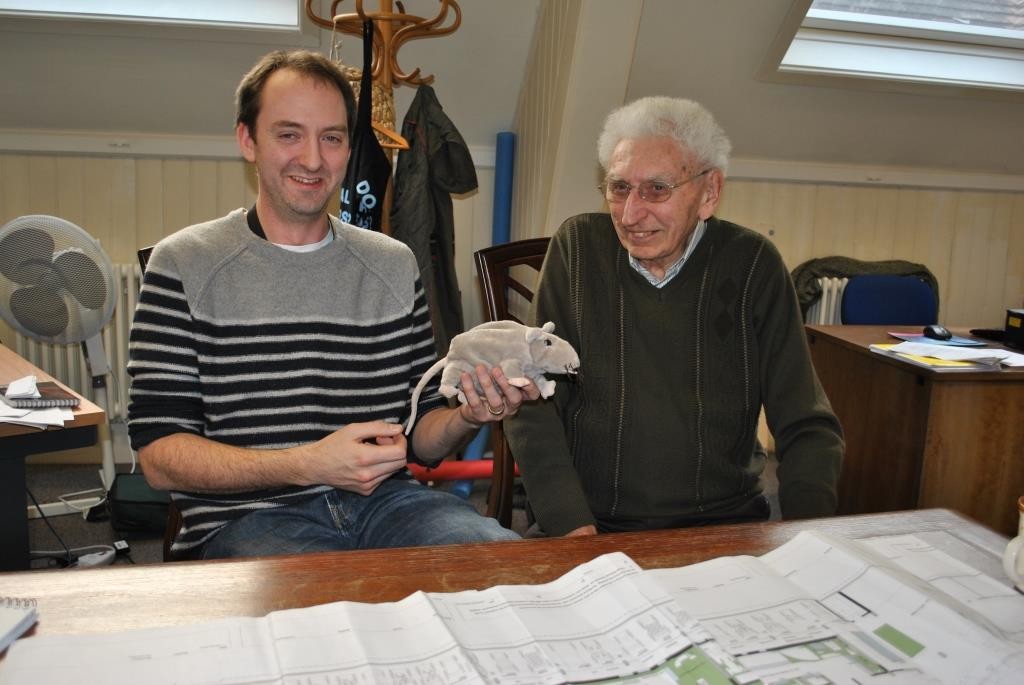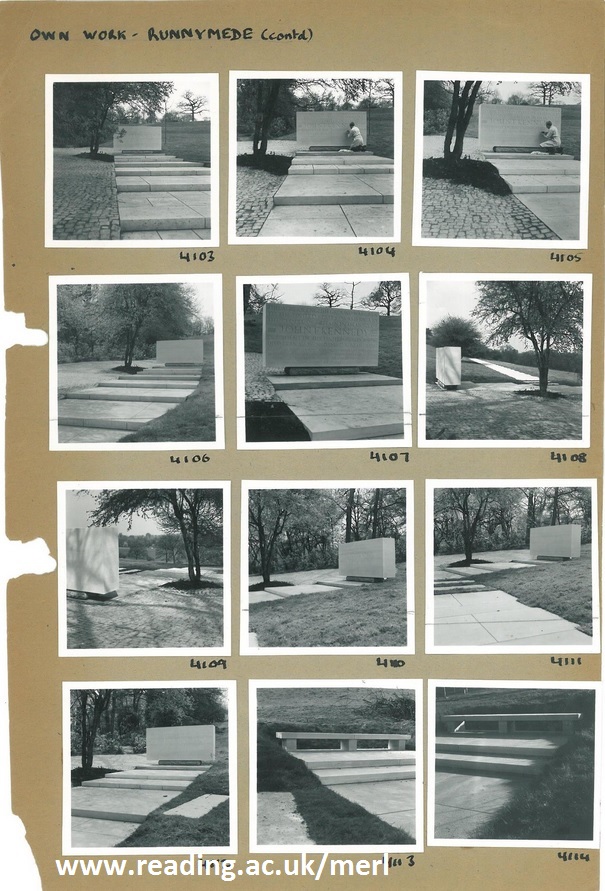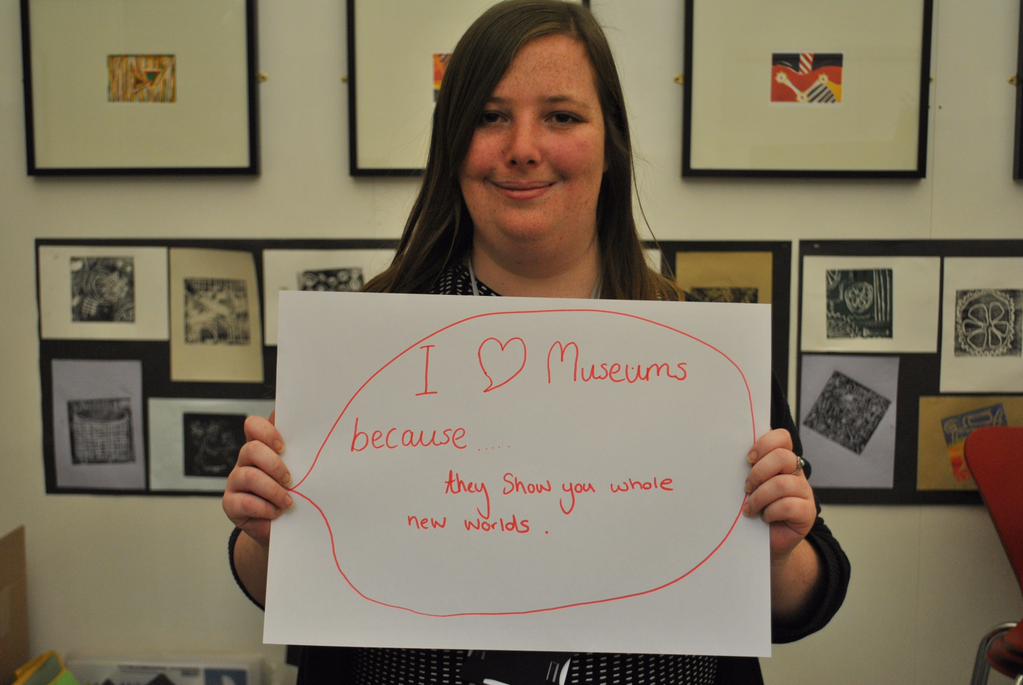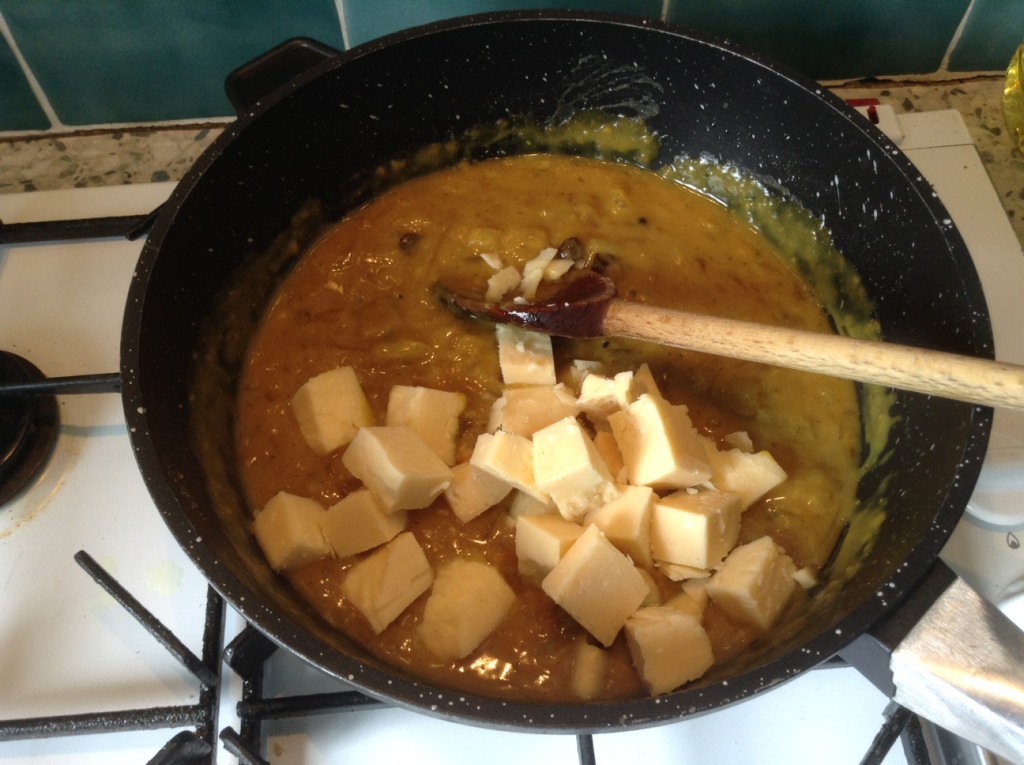With the museum closed for refurbishment, we’re relying heavily on social media to make sure we keep people up to date with what’s happening. We launched our ‘Shut, but not shutting up! campaign last year, and we’ve been busy sharing news and progress behind the scenes. In this post, Social Media & Collections intern, Lisa, reviews our accounts…
 Did you know the Museum is on Facebook? If you’re like me and are constantly scrolling through your homepage to see what’s happening, then why not check out The Museum of English Rural Life’s page. You’ll find project updates and information about upcoming events, as well as news stories about countryside and farming issues, and links to the museum’s other social media accounts, so it’s a good place to start.
Did you know the Museum is on Facebook? If you’re like me and are constantly scrolling through your homepage to see what’s happening, then why not check out The Museum of English Rural Life’s page. You’ll find project updates and information about upcoming events, as well as news stories about countryside and farming issues, and links to the museum’s other social media accounts, so it’s a good place to start.
 For people who are interested in photography and images, MERL is on Pinterest. Here we share photos of everything from pictures of our collections, to events that have been happening, as well as archive images. It’s a great way for us to be creative, find common themes in our collections and have some fun taking photos. However, if you are more of an Instagram person, MERL actually shares an Instagram account with the other University of Reading Museums and Collections. From edgy photos of objects, to capturing MERL’s beautiful red-brick Victorian building in the summer rays, follow us on Instagram at unirdg_collections to have a little browse.
For people who are interested in photography and images, MERL is on Pinterest. Here we share photos of everything from pictures of our collections, to events that have been happening, as well as archive images. It’s a great way for us to be creative, find common themes in our collections and have some fun taking photos. However, if you are more of an Instagram person, MERL actually shares an Instagram account with the other University of Reading Museums and Collections. From edgy photos of objects, to capturing MERL’s beautiful red-brick Victorian building in the summer rays, follow us on Instagram at unirdg_collections to have a little browse.
MERL also has a Flickr account which we haven’t used so much recently, but it has some amazing photos of objects in our collections, as well as events that the museum has put on in the past.
 Before coming to MERL, I had never had much to do with Tumblr. However, seeing how good MERL’s Tumblr is has definitely changed my opinion of it. Again, MERL shares the account with the other University of Reading Museums and Collections, so I would definitely recommend having a look. Short articles filled with interesting facts, combined with quirky photos means that it’s an easy way to gain background information about the variety of collections at the University.
Before coming to MERL, I had never had much to do with Tumblr. However, seeing how good MERL’s Tumblr is has definitely changed my opinion of it. Again, MERL shares the account with the other University of Reading Museums and Collections, so I would definitely recommend having a look. Short articles filled with interesting facts, combined with quirky photos means that it’s an easy way to gain background information about the variety of collections at the University.
![]() Perhaps you are interested in working in a museum or archive? Want to gain an insight into the different roles people carry out here at MERL? Then our YouTube Channel, How many curators…? is the perfect place for you to visit. It’s very informal and quite fun! Our Volunteer Coordinator Rob interviews staff and volunteers about their roles and what their job involves to help people who are interested in this type of career gain a picture of what it’s actually like. Moreover, you can find out about some of our unusual collections!
Perhaps you are interested in working in a museum or archive? Want to gain an insight into the different roles people carry out here at MERL? Then our YouTube Channel, How many curators…? is the perfect place for you to visit. It’s very informal and quite fun! Our Volunteer Coordinator Rob interviews staff and volunteers about their roles and what their job involves to help people who are interested in this type of career gain a picture of what it’s actually like. Moreover, you can find out about some of our unusual collections!
I hope this has helped you gain a better insight into all the different types of social media MERL has and encouraged you to visit a site. We’d love to know what you think!
In her next post Lisa will focus on the Museum (and staff) on Twitter!







![86_145[1]](https://blogs.reading.ac.uk/merl/files/2015/06/86_1451-223x300.jpg)













